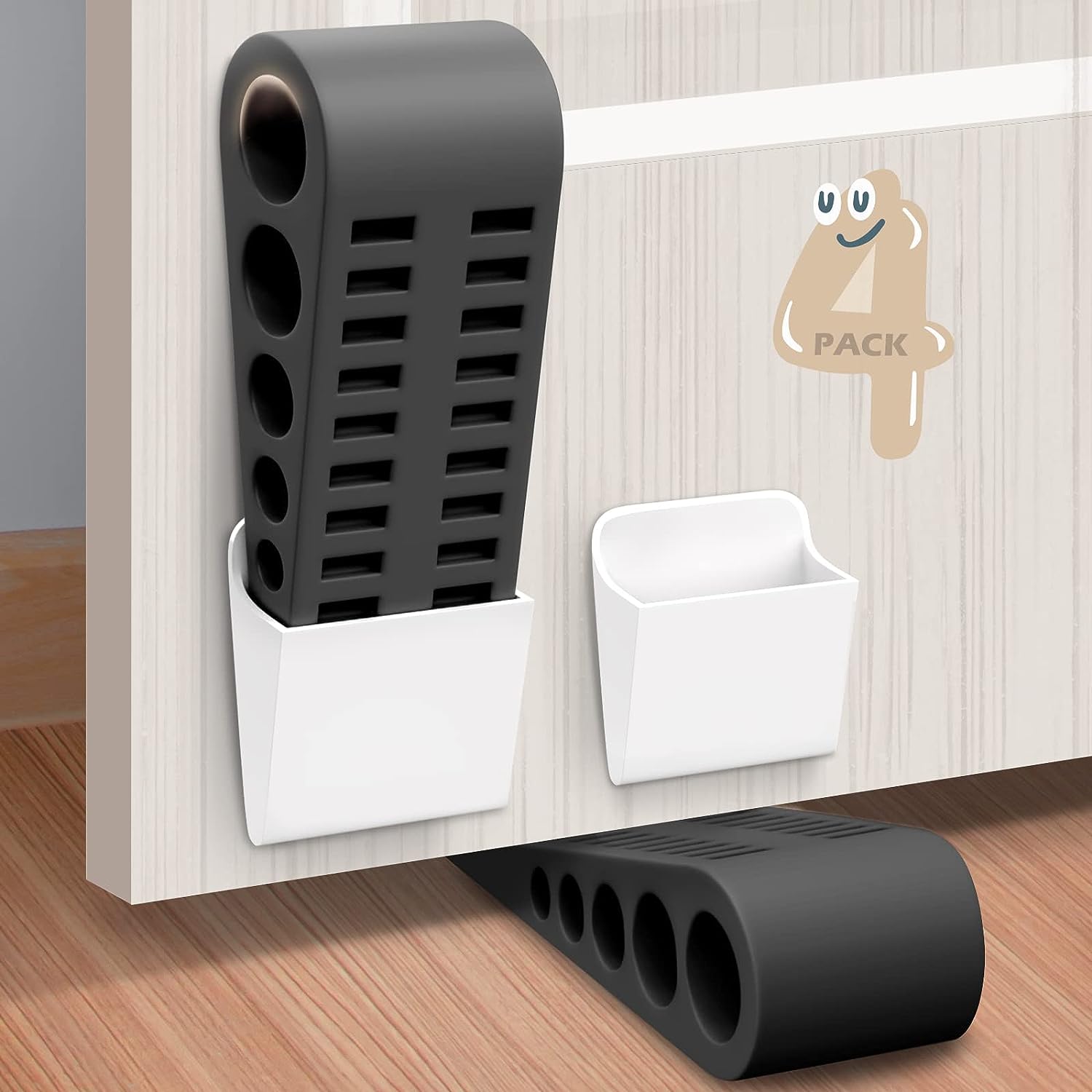Door stoppers are necessary for preventing doors from slamming shut, protecting walls and furniture, and enhancing safety. Proper installing is crucial to assure a secure fit and reliable functionality. In this article, we will ply a comprehensive examination installation guide for door stoppers, including tips and tricks to achieve a secure fit. Whether you are a DIY enthusiast or a householder looking to install door stoppers, this steer will help you voyage the process with ease.

Part 1: Pre-Installation Preparation
Before installing a door stopper, it is world-shattering to gather the necessary tools and materials and assess the door and surrounding area. Here are some steps to follow during the pre-installation preparation:
1. Tools and Materials: Ensure you have the necessary tools, so much as a drill, screwdriver, measuring tape, pencil, and level, as swell as the door stopper itself. Check the manufacturer’s instructions for any particular tools or materials advisable for installation.
2. Door Assessment: Examine the undefined to determine the most suitable typewrite of undefined stopper. view the angle and material of the door, as well as any present hardware or obstructions that Crataegus laevigata affect the installation process.
3. Floor and Wall Assessment: Assess the condition of the shock and wall where the undefined stopper will be installed. assure that the take aback is level and free from obstacles, and check for any electrical wires or plumbing that may interfere with installation.
Part 2: Door Stopper Types and Installing Methods
There are versatile types of door stoppers available, including floor-mounted, wall-mounted, and magnetic options. Here, we wish wrap up the installation methods for each type:
1. Floor-Mounted Door Stoppers:
a. Measure and Mark: quantify the outstrip from the edge of the door to the craved location for the door stopper. Mark this spot on the floor using a pencil.
b. undefined Pilot Hole: Use a drill bit somewhat smaller than the undefined of the anchor or screw provided with the door stopper. Drill a pilot hole out at the marked spot.
c. Install Anchor or Screw: tuck the ground or bang into the pilot hole, ensuring it is flush with the floor. If necessary, tap it gently with a hammer to secure it.
d. Attach undefined Stopper: Align the door stopper with the anchor or screw and attach it firmly using the provided screws or fasteners.
2. Wall-Mounted Door Stoppers:
a. Measure and Mark: Measure the distance from the edge of the door to the craved location for the undefined stopper. Mark this spot on the wall using a pencil.
b. Drill Pilot Hole: Use an undefined bit suited for the type of wall (e.g., wood, drywall, concrete) and slightly littler than the anchor or screw. Drill a pilot hole at the marked spot.
c. Install ground or Screw: Insert the anchor or screw into the pilot hole, ensuring it is flush with the wall. If needed, intercept it gently with a forge or screwdriver wield to secure it.
d. Attach Door Stopper: Align the door stopper with the anchor or screw and attach it securely victimization the provided screws or fasteners.
3. Magnetic Door Stoppers:
a. quantifies and Mark: quantify the distance from the undefined of the door to the desired location for the magnetic catch plate. label this fleck on the surround or floor using a pencil.
b. Drill navigate Holes (if necessary): If the catch shell requires pilot holes, use an undefined spot suitable for the type of wall or floor. undefined the necessity pilot holes at the noticeable spots.
c. Attach Catch Plate: Align the catch plate with the marked spot and attach it firmly using screws or adhesive, pursuit the manufacturer’s instructions.
d. Attach Door Stopper: attach to the magnetic door stopper to the door, ensuring it aligns with the catch plate. The magnets wish sustain the door securely in place when engaged.
Part 3: Tips and Tricks for a Secure Fit
To achieve a procure and reliable fit for your door stopper, view the following tips and tricks:
1. Follow Manufacturer’s Instructions: Always touch o to the manufacturer’s instructions for specific guidelines and recommendations regarding installation, including tools, materials, and proper alignment.
2. Use Anchors for Added Strength: If you are installation a door stopper on a hollow or whippersnapper door, consider exploitation anchors for added strength and stability. Anchors provide a secure attachment point for the undefined stopper.
3. Cleaning: on a regular basis clean the door stopple to remove dirt, dust, or debris that may affect its functionality. employ a mild detergent or cleaner and an easy cloth or brush to gently strip the door stopper.
Conclusion:
Proper installation of undefined stoppers is essential for ensuring their functionality and effectiveness. By following this comp installation guide and implementing the tips and tricks provided, you can achieve a procure fit for your undefined stoppers. Regular maintenance and troubleshooting will help maintain their strength and prolong their lifespan.